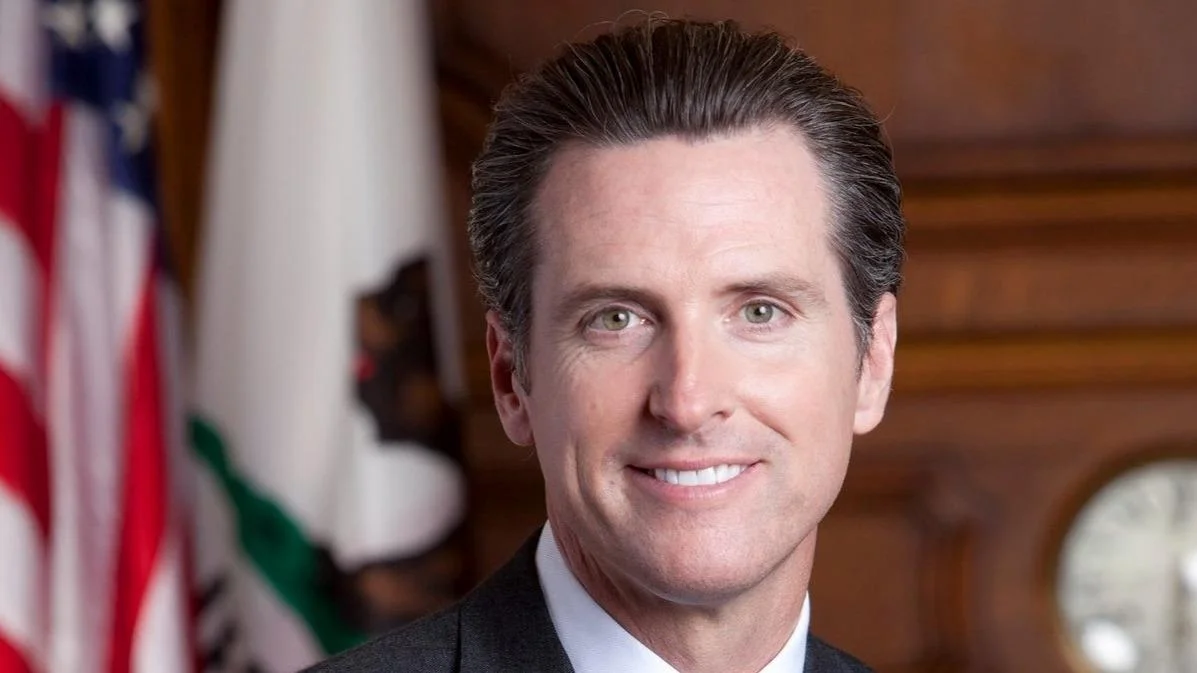
Gavin Newsom, Governor of California | Official website
California and Brazil have formalized a new agreement to expand cooperation on climate policy, clean energy, pollution reduction, and economic opportunities linked to climate action. The announcement was made by Governor Gavin Newsom during Climate Week in New York, where he met with Brazilian Minister of the Environment Marina Silva.
The Memorandum of Understanding (MOU) builds on an earlier partnership California established with 21 Brazilian states and comes ahead of the United Nations Global Climate Change Conference (COP30), which Brazil will host in November.
Governor Newsom stated, “By strengthening our partnership with Brazil, California is reaffirming a simple truth: global challenges require global cooperation. This couldn’t be more true as we look forward to the UN’s Global Climate Conference that Brazil is hosting later this year. We can work together to cut harmful pollution, protect critical ecosystems, and build economies that work for people and our planet.”
California has previously worked with Brazilian states through initiatives such as the Governors’ Climate and Forests Task Force and the Subnational Methane Action Coalition. These efforts focus on forest protection, reducing greenhouse gas emissions, air quality improvement, and supporting livelihoods in forested regions.
Brazil’s Minister of the Environment Marina Silva commented on the importance of these collaborations: “Partnerships with subnational governments, such as the memorandum of understanding signed today with the state of California, are essential to ensure that climate action continues to move forward in the United States, for the benefit of its own population and all of humanity. This commitment will support Brazil and California to achieve their climate neutrality goals by 2050 and 2045, respectively.”
The agreement outlines several areas for future collaboration:
- Developing market-based carbon pricing programs using high-quality carbon offsets.
- Advancing clean transportation through low-carbon fuels, zero-emission vehicles infrastructure expansion, improved public transit systems, and measures aimed at reducing greenhouse gas emissions.
- Conserving 30% of lands and oceans by 2030 while promoting community engagement in climate education.
- Strengthening air quality management via better monitoring systems and regulatory controls.
- Promoting nature-based solutions for biodiversity protection alongside expanding carbon markets and deploying clean technologies.
These actions are intended to reduce both air pollution and greenhouse gas emissions while also supporting public health initiatives and economic growth.
In recent years under Governor Newsom’s administration, California has entered into similar agreements with jurisdictions in 27 countries worldwide. These partnerships cover over a quarter of the world’s population collectively representing trillions of dollars in GDP. Notable agreements include MOUs signed recently with Denmark focused on green economies; previous arrangements were also made with South Korea’s Gyeonggi Province as well as delegations from Sweden and Norway.
Last year saw further international engagement when Governor Newsom led a delegation to China resulting in five separate MOUs—including one directly between China’s National Development Reform Commission—and a joint declaration targeting emission reductions. Additional agreements were reached with Australia; Hainan province; Canada; New Zealand; Japan; China; Netherlands; Washington; Oregon; British Columbia—all centered around coordinated climate action efforts.
California reports progress domestically as well: since 2000 its greenhouse gas emissions have dropped by about 20%, even as its gross domestic product rose nearly 78%. In 2023 approximately two-thirds of California's electricity came from clean sources—the highest proportion among large economies globally—and portions of each day have seen full reliance on renewable power. Battery storage capacity now exceeds 15 gigawatts—a significant increase—while more than 25 gigawatts worth of new resources have been added to its electric grid since Governor Newsom took office.
 Alerts Sign-up
Alerts Sign-up